Bearings
How to tell directions in the wild
When traveling in the bush it is essential to have a clear sense of direction.
Without the proper bearings, people tend to walk in big circles because they step farther with one leg than the other, and this causes them to move slightly to the left or right with each step, usually depending on which hand is dominant (ie. left-handed people tend to walk to the left over time).
Getting Your Bearings
There are a number of ways to get and maintain your bearings in the bush, including determining cardinal directions without a compass.
First of all, if you're searching for water, or lost, and you're in a hilly terrain, simply head downhill. Water collects at the lowest elevations so you are likely to encounter a stream, river, or lake. Once you find a river follow it downstream, it will eventually pass a human settlement of some kind. The same thing applies to a coast.
But if there is no "downhill", or you know of a specific destination you are trying to reach, you will need to maintain your bearings or you could easily lose track of which way is which, and just walk in circles. Getting your bearings either means determining north/south/east/west directions or finding a landmark in the distance to travel towards.
One of the best ways to get your bearings is to climb to a high vantage point where you can see the lay of the land, such as the top of a hill or rocky outcrop. This will orient you to where you are and where you want to be. Sometimes climbing a tree will give you a view of the surrounding area, but doing something unsafe is never recommended.
Reading the Sun
The easiest way to determine north/south/east/west cardinal directions is by the sun. Everywhere in the world the sun rises in the east and sets in the west.
But simply looking at the sun is not useful during the mid-day hours when the sun is overhead, and in places far from the equator such as Canada the sun can move on a very angled trajectory making it difficult to accurately gauge east and west, especially in the winter time.
Sometimes it will not be easy to see the sun, for example in a heavy jungle or if the weather is overcast with clouds.
On a side note, if you can see the sun and you know where the western horizon is, you can gauge how many hours of daylight are left by outstretching your arm and looking at your hand. One flat hand-width equals about one hour. Measure how many hand-widths are between the western horizon and the sun, that is how many hours of daylight you have.
Hand measures hours of sunlight

Shadow
There is a great trick that will give you an almost precise east-west direction anytime during the day. All you need is a shadow.
Take a stick and push it into the ground, or anything with a clear shadow will work. Then mark the end of the shadow, say with a stone for example. Wait about 15-30 minutes, the shadow will have moved. Place a new mark at the end of the second shadow. The line connecting the first mark to the second mark is an east-west line. The sun travels west so the first mark points west, and the second mark points east.
Using a shadow to gauge East/West direction

Even if the sun is directly overhead, you can still get a shadow and make this technique work by pushing the stick into the ground at an angle. If the sky is overcast with clouds, the trick will still work as long as you can see a shadow. When heavily overcast, it probably will not work.
The closer you are to the equator, the better this method works, and the more accurate the line will be.
Using a Watch
In the northern hemisphere, if you have a watch with hands on it, and the time is accurate, you can easily find a north-south line by pointing the hour hand straight at the sun. Directly in the middle of the hour hand and the 12 is a north-south line. It will usually point south.
In the southern hemisphere, just do the opposite. Point the 12 at the sun and take the reading in the middle of the 12 and the hour hand for your north-south line. In the southern hemisphere it will usually point north.
Using a watch to find North/South direction

The rare exception is when it is the height of summer and you take a reading in the middle of the day, the sun may actually be to your north even in the northern hemisphere, in which case the line created when taking a reading at 1 PM may actually be pointing north.
Or if it is the height of summer and you take a reading at 8 PM, the hour hand will have crossed over half the watch and be on the other side, so the middle (which would be the 10) would be pointing in the opposite direction than if you had taken a reading at 4 PM (putting the middle line at the 2).
Once you have your north/south line, see which way the sun is traveling (watch a shadow if you have to), this will give you a westerly direction, and from this you will know which way is north on your north/south line.
99% of the time, in the northern hemisphere the line will point south, and in the southern hemisphere point north, because the sun hovers around the equator. Regardless, you will always get a north/south line with this method, determining which is which may take some figuring. This method works best the farther you are from the equator.
Even if you only have a digital watch, you can either draw an analog watch (one with hands) displaying the time, or just gauge where the numbers and hour hand would be on a watch and point it at the sun.
Bushcraft Compass
There are several ways to determine cardinal directions without the sun.
One way is to make a compass with a simple sowing needle or similar metal implement. Just rub a magnet or fabric like silk across it in one direction and it should accumulate a static charge. This magnetized needle will then align with the earth's magnetic field to point north/south, as long as the needle is able to move freely. So tie a thin string to it and hold it in the air, or put it on a leaf floating on some water.
If you move the needle several times and it always moves back into the same direction, then you know it is magnetized and probably pointing north/south. The rare exception to this is if there is something magnetic in the area pulling the needle in its direction, for example a mineral mine. Also, be careful the needle is not being attracted to a metal item you have, for example a belt buckle.
Plant Life
Another way to gauge a north/south direction is by looking at plant life. Plants try to get the most sun possible, so they tend to grow more branches and foliage on the side that gets the most sun, which in the northern hemisphere is the south side, and vice versa.
This is the exact same principle to the old idiom "the moss grows on the north side of the tree". Moss, unlike trees, wants to avoid direct sunlight, so it usually grows on the side of the tree that gets less sun, is cooler and moister, which in the northern hemisphere is the north side.
Of course, this isn't an absolute truth. Sometimes moss will grow on any side of a tree, especially if the tree trunk is in a forest and doesn't get much direct sunlight on it. Similarly, trees will not always grow more branches on the sunny side, other factors can play a role such as shade.
Look for consistency in multiple specimens when using this technique for accurate results.
Maintaining Your Bearings
Once you've got your bearings, you need to maintain them, otherwise you can easily become lost within a few minutes. The easiest way to do this is to find an obvious landmark in the distance and look at it regularly, ensuring that it stays in the same direction.
This works best when the landmark is in front of you, but it will also work if it's behind you or any direction from you, as long as you maintain it stays in that same direction. You can do this with the sun as well, and just be aware that the sun's warmth stays on the same place of your body as you walk.
"Three Milestones"
Sometimes you may not be able to see a landmark in the distance, or even the sun, for example within a heavy jungle or forest. It is especially easy to get lost and walk in circles in places like these. But there is a trick that will keep you walking in a straight line even within dense brush called the "three milestones" technique. It's a little tedious but it works.
As you travel, you just need to keep three markers in a straight line. So find something in the distance you can travel towards, like a certain tree or a big rock. When you reach it, look behind you at the marker ("milestone") you just left. Then from that line find another marker that puts all three in a straight line, and walk towards it. Repeat this process, this will keep you moving in a steady direction.
Read about "Survival Basics"
Leave A Comment
Add Comment
Wilderness
Survival Gear
Fixed Blade Bushcraft Knife
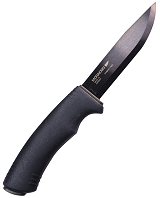
Ferrocerium
Rod Firesteel
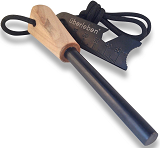
550 Paracord
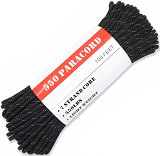
Stainless Steel Canteen
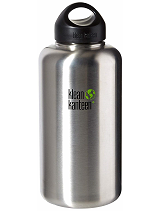
Waterproof
Tarp
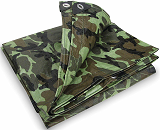
Multitool
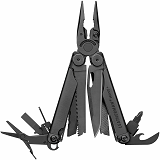
Stormproof Matches
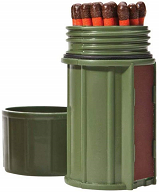
Folding
Hand Saw
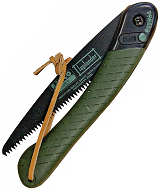
Stainless Steel
Pot
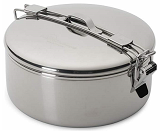
Waterproof
Rain Poncho
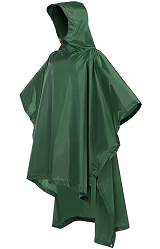
Water
Purification
Tablets

Kukri Machete
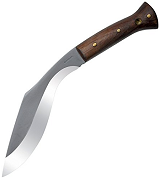
Magnifying
Lens Firestarter
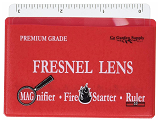
Duct Tape
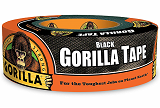
Compass
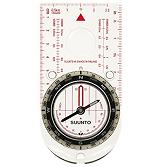
Water Filter
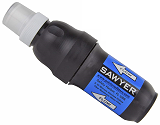
Magnesium
Stick Firestarter

Blade
Sharpener
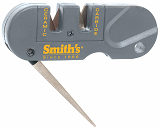
Firestarting
Tinder

Fishing Kit
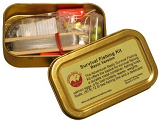

Survival Gear
Fixed Blade Bushcraft Knife

Ferrocerium
Rod Firesteel

550 Paracord

Stainless Steel Canteen

Waterproof
Tarp

Multitool

Stormproof Matches

Folding
Hand Saw

Stainless Steel
Pot

Waterproof
Rain Poncho

Water
Purification
Tablets

Kukri Machete

Magnifying
Lens Firestarter

Duct Tape

Compass

Water Filter

Magnesium
Stick Firestarter

Blade
Sharpener

Firestarting
Tinder

Fishing Kit


Comments (0)